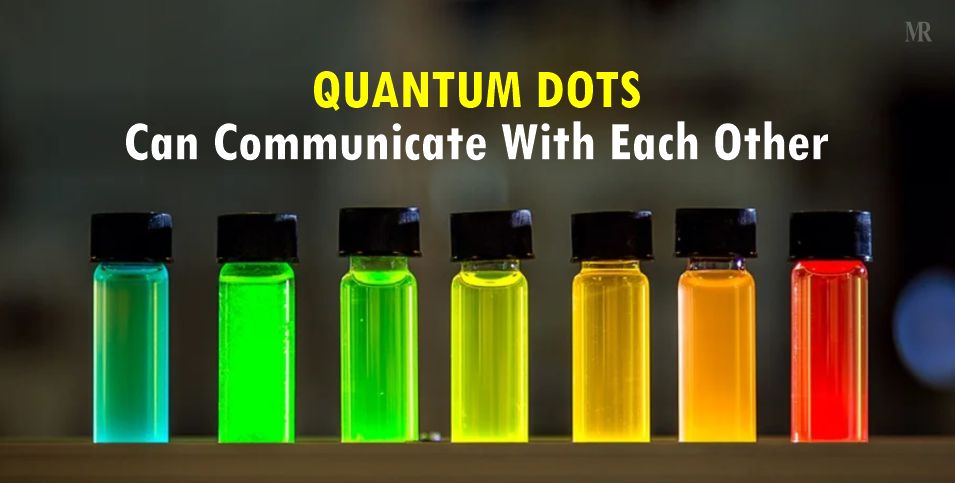Key Highlights:
- Research has theoretically revealed that Quantum Dots can communicate with each other
- Communication between Quantum Dots can be influenced by light
- The real-time simulation of electron movement in quantum dots is now possible thanks to the findings
Quantum dots are a new type of material with a wide range of applications. The dots are designed spherical crystals with a diameter of roughly 5 nanometers. In comparison, the average biological cell has a diameter of roughly 1,000 nanometers. Quantum dots, according to researchers, will be particularly important in the development of nanoscale technologies since they are adaptable and homogeneous, which might eliminate material variances and faults.
QLEDs already available in the latest versions of TV flat screens, ensuring very bright and high-resolution color reproduction. Quantum dots, on the other hand, are employed not only as “dyes,” but also in solar cells and semiconductor devices, all the way up to the computational building blocks of a quantum computer, the qubits.
Light Waves influences Quantum Dots
In theoretical work, a team led by Dr. Annika Bande from Helmholtz-Zentrum Berlin (HZB) has broadened the understanding of the interaction between many quantum dots with an atomistic view. Although quantum dots are very tiny nanocrystals, they are made up of thousands of atoms, each of which has multiple electrons. The electronic structure of such a semiconductor crystal could not be computed even with supercomputers, says the theoretical chemist, who recently finished her habilitation at Freie Universität.
The findings imply that light waves might be used to convey data, providing the framework for an optical quantum computer. The electrical charge now utilized to convey information in traditional computers would be replaced by light energy in this device.
Future Applications
The results are also valuable for experimental research and development in a variety of sectors, such as the creation of qubits or the support of photocatalysis, which uses sunlight to make green hydrogen gas.
Medical imaging might also be one of the new quantum dot technology‘s uses. Quantum dots might be injected into the patient, and a device holding more quantum dots may be used to visualize the dots’ location underneath the skin.
Current biology research has had a lot of success with this form of imaging in mice models.
The dots have fewer adverse effects than X-ray contrast chemicals and might eventually replace typical contrast media.
Also Read: Learn how Microsoft’s Counterfit assesses AI vulnerabilities
















